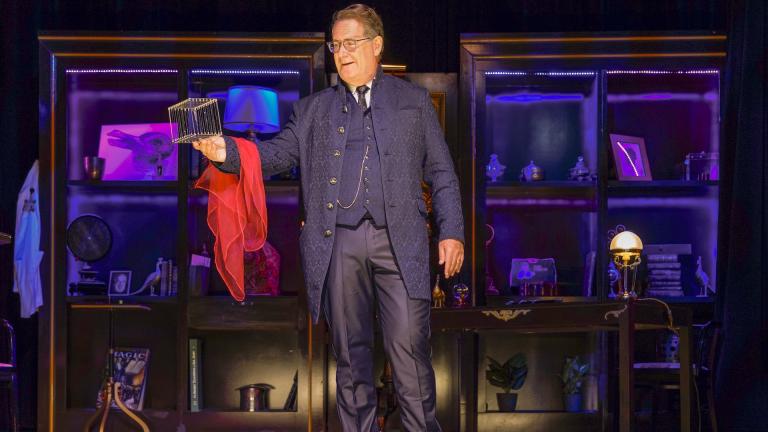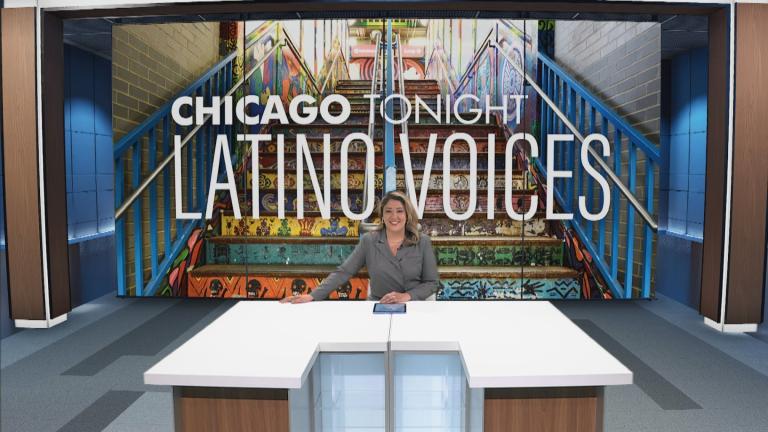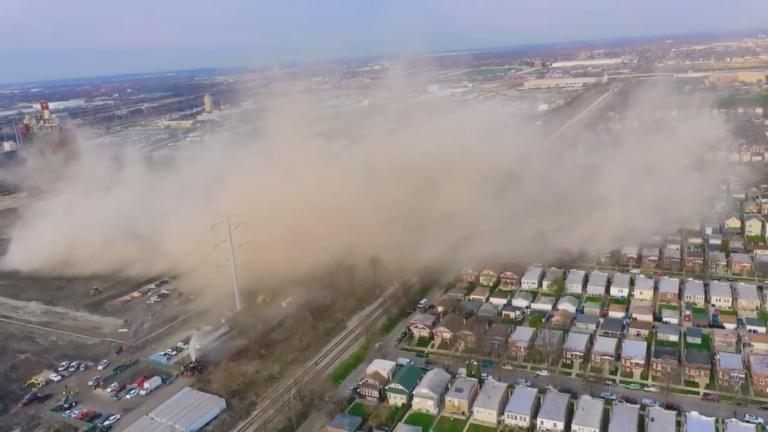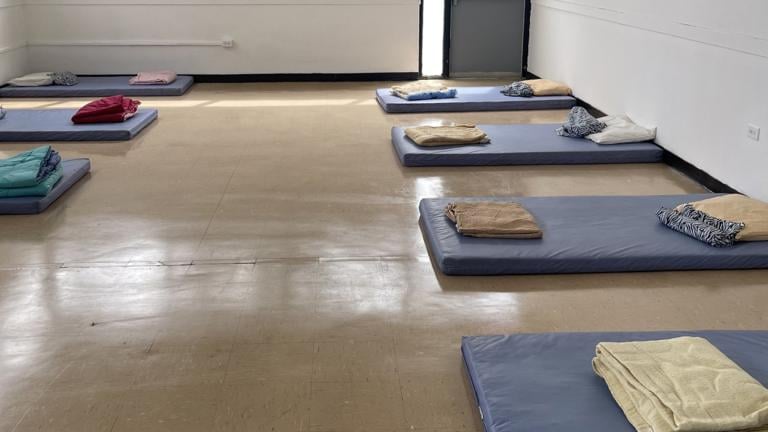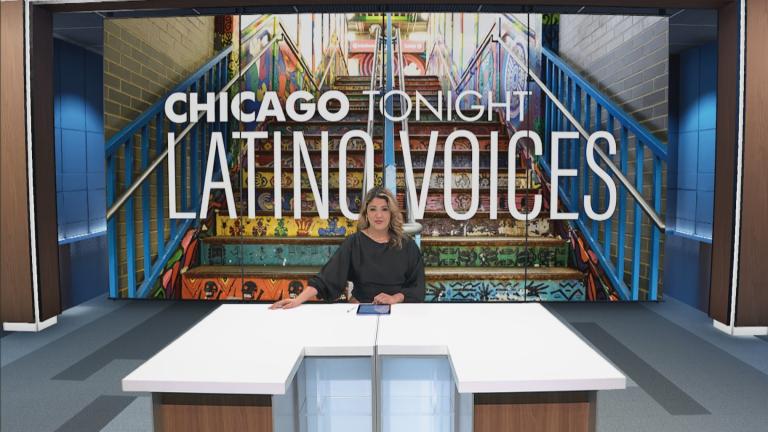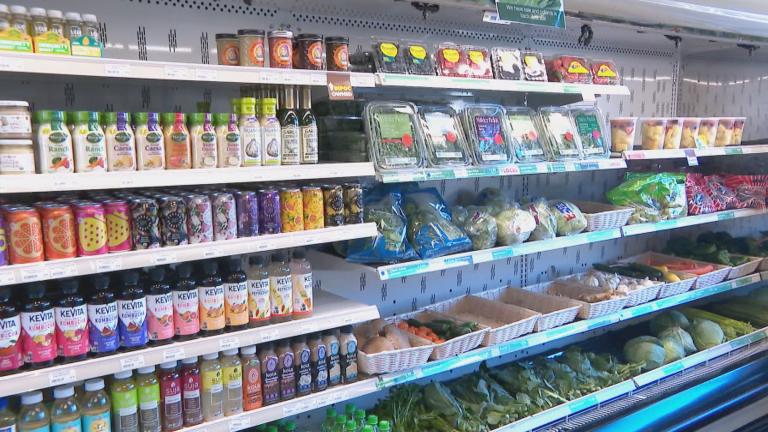This week saw yet another standoff between Chicago Public Schools and the Chicago Teachers Union.
Students briefly returned to class for the first two days of this week, but since Wednesday, classes have been outright canceled as teachers refused to work in person and CPS refuses to go remote, leaving families in limbo once again.
Nolberto Casas, parent of a CPS first grader and pre-K student, said that in his opinion, the issue is clear-cut.
“[Teachers] absolutely have a duty to teach in person,” said Nolberto Casas, parent of a child in pre-K and another in first grade. “Whenever you’re doing a description of the teacher, they have a duty of care. So that duty of care goes as far as giving adequate supervision to their students. That’s the definition of it.”
Miguel Bautista, parent of a CPS first grader and 5th grader, says that if teachers do not feel safe in school buildings, he trusts their assessment.
“As parents, our obligation is to take care of our kids. There are top priorities and it’s hard for us as parents to trust anyone with our kids. If our teachers don’t feel that our kids will be saving the school then they shouldn’t be in that building,” said Bautista. “Based on the pattern in our school, we have less than 20% of our students are being tested and even a low amount of vaccination rates as well. So in our opinion our schools and our kids are not safe in the school at all.”
Juana Amaro, parent of a 7th grader and 9th grader, agrees with Bautista – and she says her children do too.
“I am not comfortable with my children being at school. My children are not comfortable being in school,” Amaro said. “They are slightly older than the rest of the panelists’ [children] so they’re able to assess the situation for themselves, and there is basically no separation between one child and the other. There’s no such thing. They’re all around the lunchroom together eating without their masks on. I don’t think it’s a safe situation for anyone involved. And I feel that it’s a lot to ask teachers to be in a classroom with 30 students or more, trying to teach them when they are endangering themselves.”
Andres Arias, parent of a CPS 1st grader, says at this point in the pandemic, he feels the risk of sending children in person is outweighed by children’s need to learn in person.
“I think after two years we have learned a lot about this disease. The new variant has proven that it’s not as dangerous as the first ones that came along,” said Arias. “The damage that the kids suffered the first two years by doing everything remote and missing the social aspect and really the education that they deserve – I think that the right thing to do is to have them at school.”
Casas acknowledges that while the risk can never be completely eliminated, he believes the advancements in fighting COVID-19 over the course of the pandemic make returning to school a safe proposition at this point.
“I wish I could make a magic wand and make the risk of children and families 0% but a magic wand doesn’t exist,” said Casas. “This is not the first pandemic in history. There was 1918, 1957, 1968. During those pandemics they did non pharmaceutical interventions, social distancing, masks. Now we’re using pharmaceutical interventions, which include treatments and vaccinations. So if anybody is ready to deal with the pandemic at any point in history, it’s us right now.”
CPS high school senior Isabela Avila said that she was surprised there was a return to in-person learning at all after winter break, given the surge in COVID-19 infections.
“I go to Lane Tech, one of the biggest schools. We can’t social distance there, but at the same time I’m like, well, I’m still missing out on school,” Avila said. “Being remote to me is better than not going to school at all, so it is frustrating. I need to get in from outside of school for college apps that I would need to be talking to teachers about, or counselors about, but I can’t do that right now and it puts everything at a halt. But at the same time, colleges are going to change the deadlines just because CPS isn’t in class.”
Amaro says that while she thinks there should be more choices available for CPS parents, she does not think the CTU is making unreasonable demands.
“I feel that it’s an individual decision for each parent what risk you’re willing to take with your child and with your family as well. I do feel that children should be allowed or parents should be allowed to choose whether they want their child to go back or not,” said Amaro. “However, I don’t feel that it is an extraordinary thing to ask for an additional two weeks, which is what I believe the CTU was asking for. It’s just two weeks. And I believe them when they say that that’s all they want.”
Flexibility in approach for different student ages could also be an option CPS could consider, said Arias.
“I think younger children like mine definitely need more attention, to be in class and socializing, than an older student,” said Arias. “Maybe the younger children should be the first ones back in because they need way more attention.”
Bautista considers his own experience contracting COVID-19 despite being fully vaccinated to suggest that the city should take a harder line on vaccinations and testing.
“If we really want to get our kids back to school, the only compromise in my opinion would be to have mandated vaccinations for our students and staff and teachers along with mandated COVID testing,” said Bautista. “If someone who has been infected by COVID who had three vaccines, including the booster shot, I was easily able to get infected with … this variant of it,” said Bautista. “It’s important that we put these measures in place. Otherwise we’re going to continue to see the rise in cases, not only in school but throughout the city of Chicago.”

